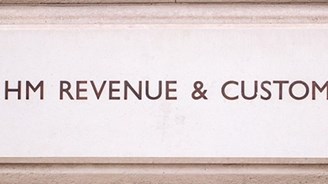Entrepreneurs’ Relief - Do your clients still qualify?

New two-year rule
This change affects all business owners and shareholders. Ownership conditions apply generally throughout the period up to the date of disposal, and to access ER, the period of ownership is critical. The qualifying period was one year, but Budget 2018 extends this to two years for disposals on or after 6 April 2019.
New percentage rules
Company shareholders
To qualify for ER, the company needs to be an individual’s ‘personal company’. This means that an individual must throughout the relevant qualifying period:
- be a company employee or office holder
- hold at least 5% of the company’s ordinary share capital and
- be able to exercise at least 5% of the voting rights.
For disposals on or after 29 October 2018, an individual must also satisfy either of the following:
- distribution tests which require the individual, by virtue of that holding, to be entitled to at least 5% of the company’s profits available for distribution to ‘equity holders’ and 5% of the assets available for distribution to ‘equity holders’ in a winding up; or
- a proceeds test which requires the individual, in the event of a disposal of the whole of the ordinary share capital of the company, to be beneficially entitled to at least 5% of the proceeds.
In the distribution tests the term ‘equity holders’ is a wider definition than ordinary share capital. As a consequence, the profession raised concerns about the wide ranging impact of these tests and, as a result, the government introduced the alternative proceeds test.
In the proceeds test, the 5% threshold is computed by reference to the market value of the company at the end of the qualifying period. That may mean, in situations where the new distribution tests are not met, it may not be known until the disposal of shares whether ER will be available.
The danger is that if your client’s shareholding does not now qualify under the new distribution tests and their shareholding may not qualify under the new 5% proceeds test, this will mean their qualifying ownership period has come to an end and will not restart until the shareholdings are changed.
We have written a client letter that summarises the changes with an appendix that makes it clearer to your clients how the changes will affect them depending on their type of ownership or interest in a business.



